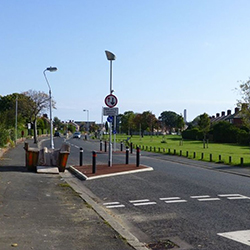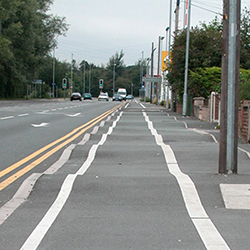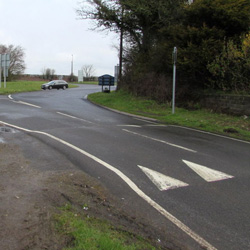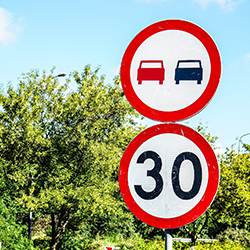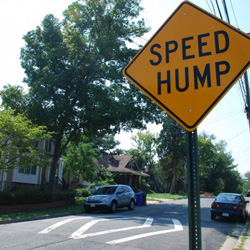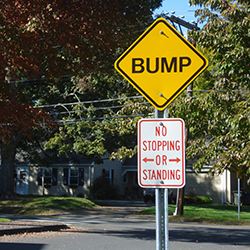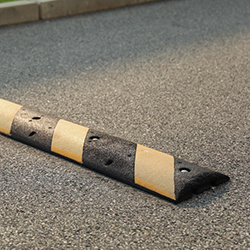Choose Wisely the Right Traffic Calming Device
Traffic calming devices are essential tools for enhancing the safety and livability of neighborhoods. They serve to slow down traffic, making streets safer for pedestrians, cyclists, and local residents. The primary goal is to reduce the negative impacts of motor...
Exploring Speed Humps: Design and Functionality
Speed humps are engineered with a more gradual slope than speed bumps, allowing for a smoother transition for vehicles. Their elongated design is intended to reduce vehicle speeds over a longer distance without causing significant discomfort to drivers or passengers....
Characteristics and Usage of speed bumps
Speed bumps are raised areas of pavement typically designed to slow down vehicles on roadways. They are often installed in residential areas, parking lots, and near schools to ensure pedestrian safety. The dimensions of speed bumps can vary, but they generally range...
What to Know About Speed Bump Dimensions
Speed bumps are essential tools for traffic calming, designed to slow vehicles in areas where pedestrian safety is a concern. The standard height for speed bumps is typically between three to six inches, while the width can vary from one to three feet. These...
Explanation of the importance of speed bumps on private property
Speed bumps are an essential tool for maintaining safety on private property. They are particularly important in areas where there is a high volume of pedestrian traffic, such as parking lots, driveways, and private roads. Speed bumps help to slow down vehicles and...
Navigating Road Safety
Comparing Heights and Widths Speed bumps and speed humps serve similar purposes but differ significantly in their physical dimensions. Speed bumps are typically higher and narrower than speed humps, making them more aggressive traffic calming features. They are...
Drainage Considerations for Speed Bumps
Importance of Proper Water Drainage Effective water drainage is crucial for the longevity and functionality of speed bumps. Inadequate drainage can lead to water pooling, which not only deteriorates the speed bump material but also poses a hazard to vehicles and...
Understanding the Basics of Speed Bumps
Speed bumps and speed humps are traffic calming measures designed to slow down vehicles on roads, particularly in residential areas or near schools. Speed bumps are often confused with speed humps, but they serve slightly different purposes and have distinct...
The Impact of Low-Profile Speed Bumps on Road Safety
Low-profile speed bumps play a crucial role in enhancing pedestrian safety by acting as a physical reminder for drivers to slow down, particularly in areas where foot traffic is high. These installations are especially beneficial near schools, parks, and residential...
Where to Buy the Most Effective Rubber Speed Bumps: A Comprehensive Guide
In today’s bustling world, road safety is a top concern for communities, businesses, and property owners alike. One effective solution for traffic calming and speed control is the installation of rubber speed bumps. However, with various options available on the...
Exploring Speed Humps: Design and Functionality
The Design Features of Speed Humps Speed humps are engineered with a more gradual slope than speed bumps, allowing for a smoother transition for vehicles. Their elongated design is intended to reduce vehicle speeds over a longer distance without causing significant...
Understanding Speed Bumps: Characteristics and Usage
Defining Speed Bumps and Their Dimensions Speed bumps are raised areas of pavement typically designed to slow down vehicles on roadways. They are often installed in residential areas, parking lots, and near schools to ensure pedestrian safety. The dimensions of speed...

